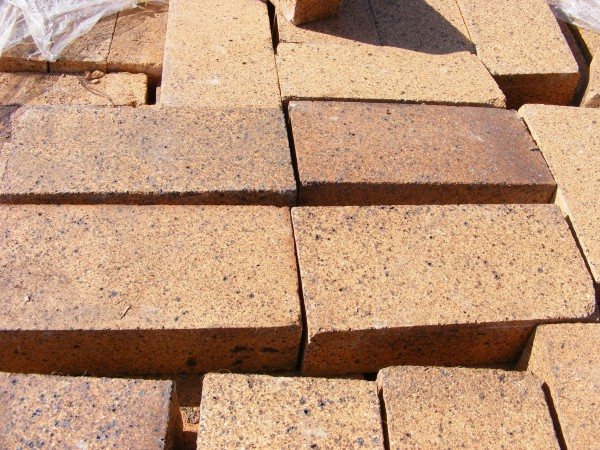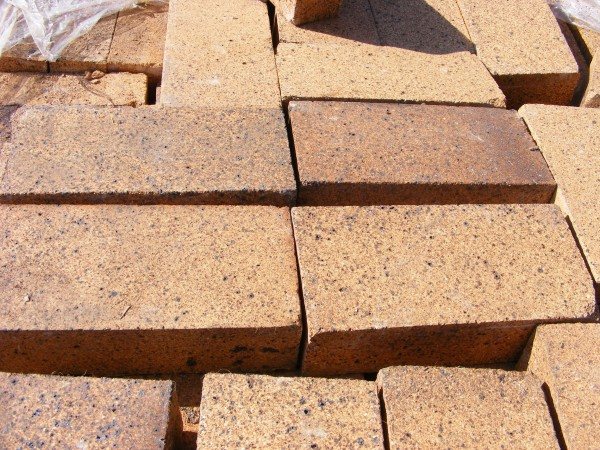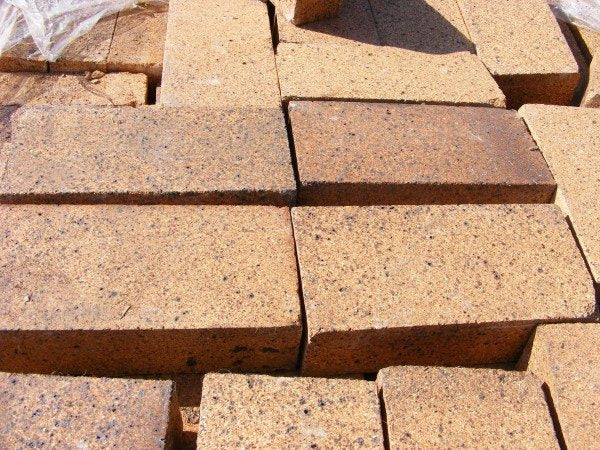Refractory bricks, also known as refractory bricks, are a special type of brick that can withstand extremely high temperatures. Their unique properties make them essential for a variety of applications where heat, fire and intense thermal conditions are a concern. In this article, we will explore refractory bricks, their composition, uses and importance in different sectors.
Composition of flint stones
Flints are made from special materials that give them exceptional heat resistance. The main components of flint are:
- Aluminum oxide (Al2O3) : Aluminum oxide is an important component of flints and contributes to their ability to withstand high temperatures. The higher the aluminum oxide content, the more heat resistant the stones are.
- Silicon dioxide (SiO2) : Silica is another important ingredient that helps stabilize the fireproof properties of bricks. It also contributes to its resistance to thermal shock.
- bulk : Clay serves as a binding agent and helps shape the bricks during manufacturing.
- Other additives : Depending on the desired properties, small amounts of other materials such as zirconium oxide, chromium oxide and magnesium oxide can be added to improve certain properties of the stones.
Types of flints
There are different types of refractory bricks, each designed for different temperature ranges and applications:
- Flints containing high alumina content : These stones have a high aluminum oxide content (typically above 50%) and can withstand temperatures in excess of 1,800°C (3,272°F). They are used in industries such as steel, ceramics and glass production.
- Silica bricks : Silica bricks perform well in environments with temperatures up to 1,650°C (3,002°F). They are commonly used in coke ovens, glass furnaces and the steel industry.
- Insulating flints : These bricks have lower thermal conductivity and are designed for use in applications where insulation is critical. They are commonly used in furnaces, furnaces and as replacement insulation in high temperature processes.
- Magnesia Stones : Magnesia bricks are highly fireproof and can withstand temperatures of up to 2,800°C (5,072°F). They are used in industries such as cement production and non-ferrous metal refining.
- Chrome stones : Chrome bricks contain a high proportion of chromium oxide and are therefore suitable for applications in corrosive environments and at high temperatures, such as in chemical plants.


Resistance of flints to high temperatures
The resistance of flints to high temperatures is an important property that makes them essential for applications where they are constantly exposed to extreme heat. Here are some details about the resistance of flints to high temperatures:
Fusion point:
Flints are made from refractory materials with high melting points. These materials, such as fireclay, aluminum oxide, or silica, can withstand temperatures far beyond what standard bricks can withstand. The melting point of these materials is typically greater than 2,000 degrees Celsius (3,632 degrees Fahrenheit).
Thermal insulation:
One of the main functions of flint is thermal insulation. They are excellent at retaining heat and preventing it from being transferred to neighboring structures. This property is crucial in applications such as stoves, ovens and fireplaces where maintaining high temperatures is essential.
Thermal shock resistance:
Refractory bricks are designed to resist thermal shock, which occurs when a material is subjected to rapid changes in temperature. This resistance is crucial in applications with regular temperature fluctuations, as it prevents the stones from cracking or breaking under stress.
Low thermal conductivity:
The low thermal conductivity of flint increases its ability to withstand high temperatures. This property minimizes heat transfer through the brick allowing them to maintain their structural integrity even in extreme heat environments.
Industrial applications:
Flints are often used in industries that experience extreme temperatures, such as steelmaking, glass, and foundries. Due to their resistance to high temperatures, they are suitable for lining ovens, furnaces and other systems where temperatures can be reached that would affect conventional construction materials.
Fireplace and stove construction:
In residential buildings, refractory bricks are often used to build fireplaces and wood-burning stoves. These bricks form a heat-resistant coating that ensures the safety and longevity of these heaters.
Variety of varieties:
Flints come in different grades, each designed for specific temperature ranges. Some are suitable for moderate temperatures in home fireplaces, while others are designed to withstand the intense heat of industrial processes.
Longevity:
The resistance of flints to high temperatures contributes to their longevity. When properly installed and maintained, they can withstand extreme temperatures for long periods of time without deteriorating or losing their structural integrity.
Applications of flints
Refractory bricks are used in a wide variety of industries:
- Furnaces : Refractory bricks are integral parts of industrial furnaces used in metal smelting, ceramic manufacturing and heat treatment processes.
- Kilns : In ceramic, glass, and cement production, firebricks are used in kilns to maintain consistently high temperatures.
- boiler : Refractory bricks are used in the construction of boilers and combustion chambers, where they can withstand extreme heat and contribute to energy efficiency.
- Fireplaces and wood-burning stoves : In residential buildings, fireplaces and wood-burning stoves are lined with refractory bricks to contain high temperatures and prevent structural damage.
- Chemical processing : Industries involved in chemical and petrochemical processing rely on refractory bricks to build reactors and vessels that process caustic chemicals at elevated temperatures.
Firebricks are the unsung heroes of many industrial processes that involve extreme heat and fire. Its exceptional heat resistance, durability and thermal insulation properties are fundamental to maintaining the structural integrity and safety of equipment and structures operating in these difficult conditions.
Whether in large industrial facilities, residential fireplaces or specialized furnaces, refractory bricks play a fundamental role in protecting against the destructive power of high temperatures.

